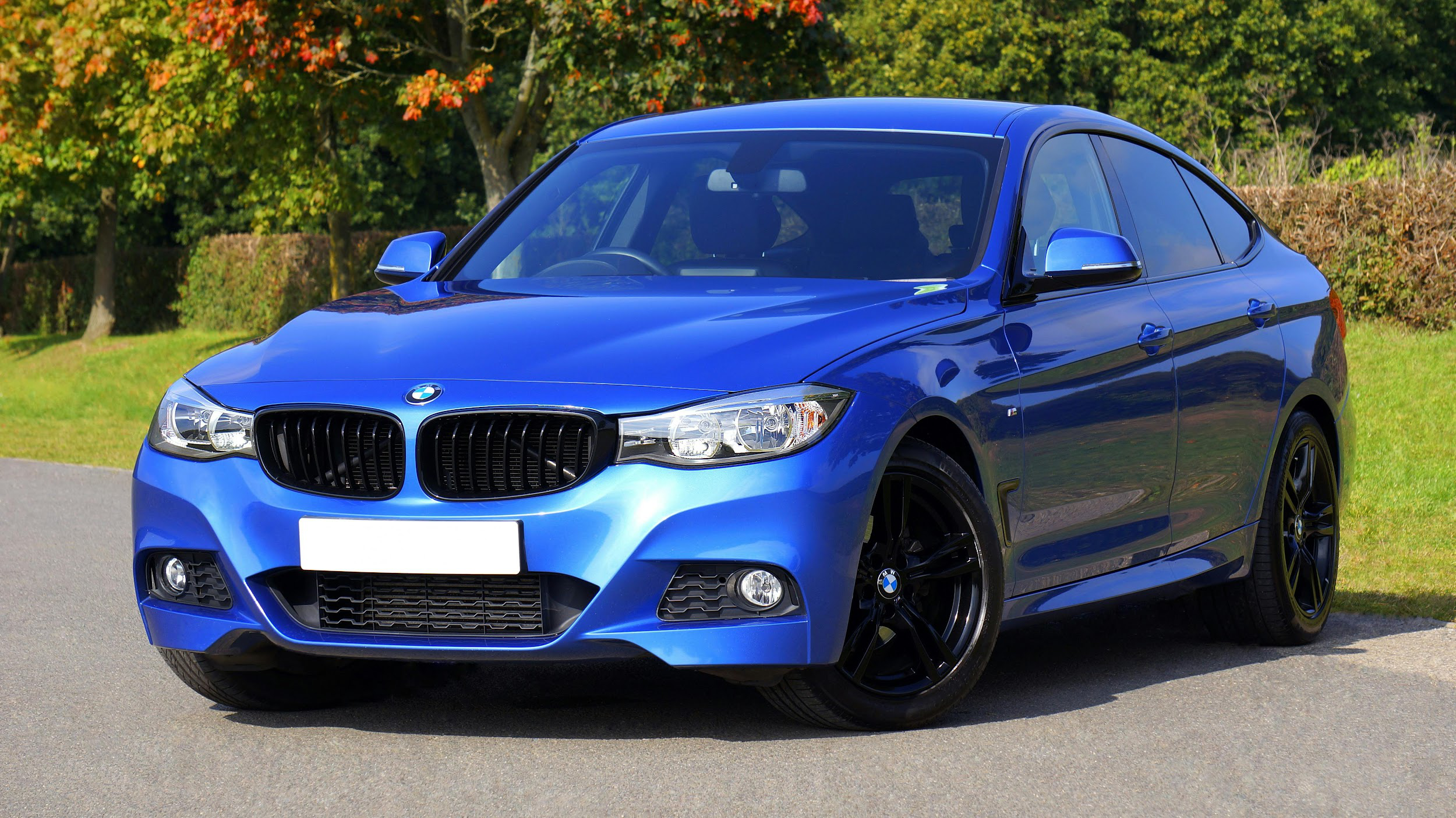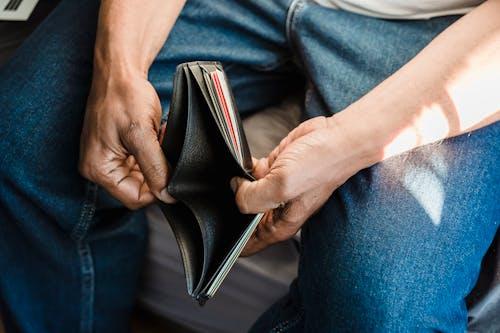When you’re behind on your car payments, the threat of repossession can happen with little warning. Fortunately, if you’re looking for how to stop repossession, bankruptcy may offer an immediate and effective solution. Under federal bankruptcy law, filing for bankruptcy triggers an automatic stay—an order that stops most collection efforts, including repossession.
The Power of the Automatic Stay
As soon as you file for bankruptcy, the court issues an automatic stay, which legally halts all collection activities. This includes:
- Repossession of your car
- Collection calls
- Lawsuits for unpaid loans
- Wage deductions (where applicable)
This stay goes into effect immediately—often within hours of filing—and creditors must stop repossession efforts at once. If they proceed anyway, they can face legal penalties.
Chapter 7 vs. Chapter 13: What’s the Difference?
Chapter 7 bankruptcy and Chapter 13 bankruptcy treat vehicle loans differently, and the right choice depends on your specific situation.
Chapter 7 Bankruptcy: This is a liquidation process that may allow you to discharge unsecured debts. If you’re currently on your car loan or can quickly bring it current, you may be able to keep the vehicle. However, if you’re behind and can’t catch up, the lender may still repossess the car once the case ends and the stay is lifted.
Chapter 13 Bankruptcy: This type offers more robust protection if you’re behind on payments. It allows you to reorganize your debts and pay back the arrears over a 3- to 5-year period through a court-approved plan. As long as you make the plan payments, you can keep your vehicle and stop the repossession process long-term.
Timing Matters
Timing is critical when figuring out how to stop repossession. If you file for bankruptcy before the car is repossessed, the automatic stay prevents the lender from taking it. But if the car has already been repossessed, you’ll need to act fast. In some cases, bankruptcy may help you get the car back—but only if the lender hasn’t sold it yet and other conditions are met.
The sooner you speak with an attorney, the better your chances of keeping your car or recovering it before it’s too late.
If the Car Has Already Been Taken
Even if your vehicle has been repossessed, filing for bankruptcy might still help. Depending on the circumstances, you may be able to:
- Recover the vehicle if it hasn’t been sold
- Include the deficiency balance (what you owe after the sale) in your bankruptcy
- Avoid a lawsuit for the remaining balance
However, this situation is time-sensitive. Once the vehicle is sold, your rights to reclaim it are severely limited. Prompt legal action is essential.

If you’re urgently looking for how to stop repossession, the Law Office of Joel Gonzalez can help you take immediate legal action. I provide trusted counsel for those exploring Chapter 7 or Chapter 13 options. Whether you’re in need of a repossession lawyer, seeking debt relief service, or looking for a bankruptcy lawyer, I offer honest guidance and personalized solutions as a dedicated attorney on your side. Serving Corpus Christi, Texas, I’ve built a track record of high client satisfaction by helping individuals stop car repossession and regain control over their finances.
Contact me now.








